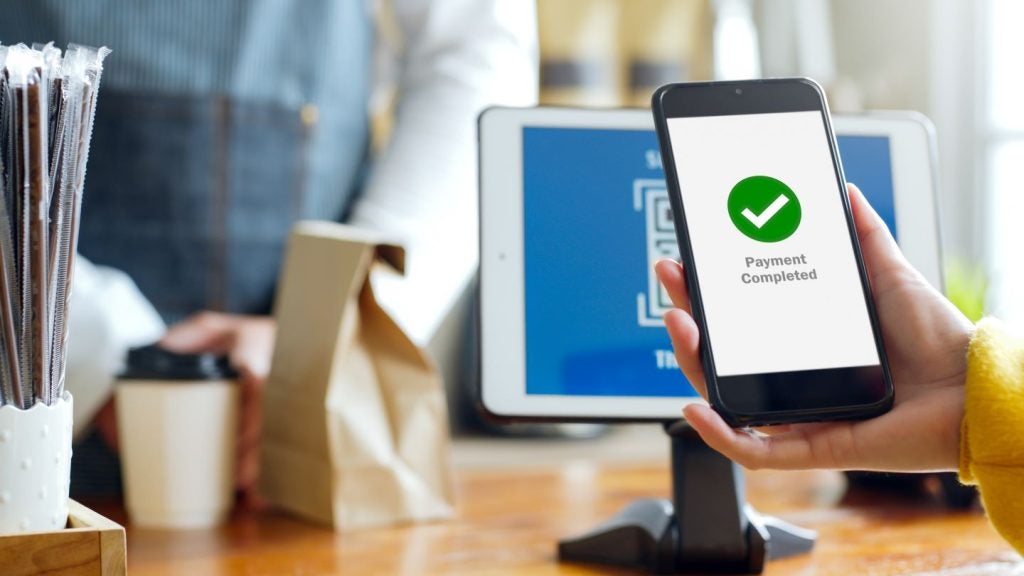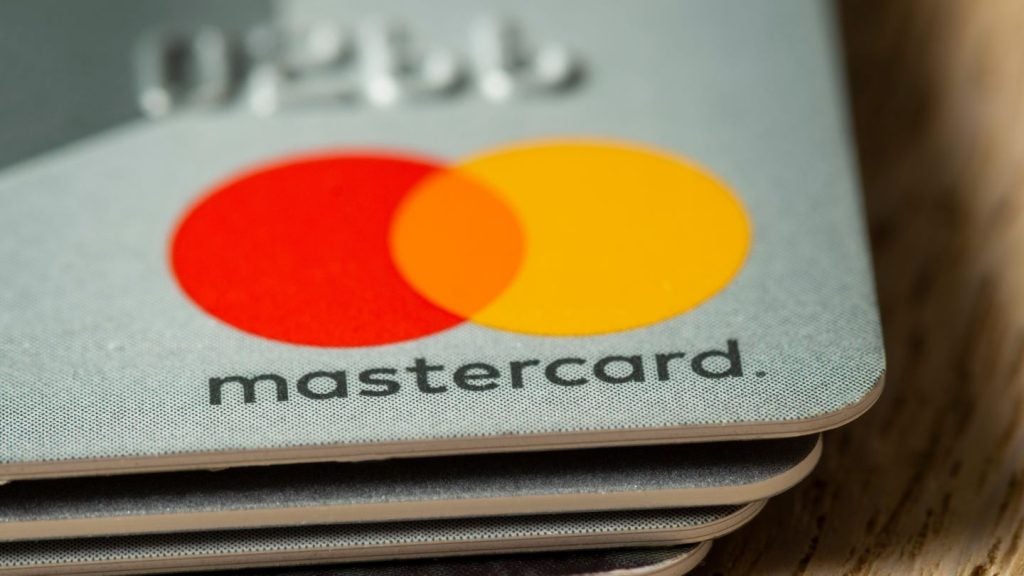Dine out on prepaid via luncheon vouchers and transport ticketing and move towards digital or be out of the game. This is what delegates were told at the annual Cards International Prepaid Summit Europe conference and awards, title sponsored by Visa Europe at the Principe di Savoia hotel, Milan. Anna Milne writes
“We have ten years to enjoy, explore and exploit plastic, we are already in a digital world. No-one will escape digital transformation- whoever ignores it will be out of business,” said Joao Matos, commercial director, CaixaBank Electric Money EDE. And indeed, the digital prepaid solution was to the fore throughout the conference.
Dine out on prepaid while transport is a vehicle for education
Luncheon vouchers benefit 2.2 million people in Italy; 3.3 million in France. The average ticket is small but the frequency high and therefore the potential great. The value is 5.5bn in France for instance; 2.8bn in Italy, Bertrand Sava, regional managing director, Southern Europe, Visa Europe told the conference in his keynote address.
The second is transportation. Transportation represents one of the industries with the highest number of small ticket transactions. It’s a market of 175bn in Europe. We have some big markets like the UK, Germany, France, Italy, Spain and Poland. And in this sector, we are really looking at using prepaid cards in general, using the NFC technology which fits completely in that space.
“I think that Transport for London (TfL) is the main example. In one year TFL reached 180 million transactions, and now 600,000 transactions per day, one million taps per day. I would say it’s a way to educate the customer how to use contactless on a mobile app, in order to pay,” Sava said.
However, there is still a fair way to go. Prepaid is an easy platform onto which to switch millions of loyalty programme customers, panellists discussed. It is easy because with prepaid accounts there is no credit score, there is often not even a traditional banking relationship in the background, from which to coax customers away, so those customers are easy to serve in this way- open to innovation because they welcome whatever makes life easier for them and especially, if it means going from unbanked to banked it is oftentimes even more welcome. Many loyalty programmes are still run with paper and at this point, people are prepared to make the switch from paper.
Cash still represents 70% of transactions in Europe in terms of amount, Sava stated, adding that cards are “steadily growing around 7-8% year on year since the last ten years. In particular, online transaction growth has doubled, at around 40%. This obviously is a challenge and is growing the most, and some consultants think that the projection by 2017 is around 500 billion.”
Regulation and multi-channel conversion present major challenges to retailers but their willingness to go omni-channel, and to give an experience covering all the channels to the customer is crucial in staying ahead and maintaining and growing a healthy business.
In terms of regulation, newcomers in the market are being encouraged and this is enhancing the digital space.
“Prepaid is completely fitting to that space and is giving, to the bankers, to the banks, the ability to deal with these trends and to capture some opportunities that are still there.”
With all the different products: third party, closed loop, open loop, home brand, skin brand, prepaid debit cards, a lot is happening. Merchants have begun to aggressively issue prepaid cards and have tried to combine the prepaid product with the analytic programme. Starbucks, as an example, is a closed group that’s completely mobile that combines the payment solution with its analytic programme so you can pay with your Starbucks card, get your points, you have discounts, you have your free coffee and this is a product that has had great success, especially in the US.
How are customers using prepaid today?
Travel, including airlines, general retailer and high street, leisure, gambling and betting.
“If I were to give one sector, it would be airlines, and one channel would be online, and as a consequence international transactions,” said Sava.
Giving more detail, Sava explained ‘airline’ represents 19% of total transactions followed by travel, general retailer/high street, leisure, especially in gambling and betting. Given the fact that the customers use their card online, 50% of the transactions are international which is huge given credit card transactions are around 14% and debit around 7%.
“So do we see the same long term growth path beyond these use cases? The answer is definitely yes, the customer has found how and where they want to use the prepaid card,” Sava added.
Panel members discussed how remittances represent more than 150bn in Europe and 90% of this volume is sent in cash through MoneyGram or Western Union so this is a huge space where prepaid can find its place. Also to the fore was the potential of loyalty programmes, the majority being still run with paper, and Starbucks’ programme being the example, repeated a few times throughout the sessions, as proof that successful loyalty programmes fit completely with the product.
The future is in fitting the customer experience and being as much as possible customer centric. Customers are much more prepared than before, much more informed than before, they know everything, they know what they want, they know they are right, and this is something we must take into account.
Key trends
The first one is the new retail model where there is a subtle convergence between the in-store physical interaction and the in app interaction. And the mobile phone is a fundamental part of this new model, to attract, to retain, and to sell.
“The real goal of the retailer is to close and sell, And this is no trivial point. Abandonment of e-commerce purchases is no joke at 30-40%. Adhering to the one-click ideal, three maximum, is the golden rule,” said Ugo Bechis, SEPA Delegate, UBI Banca.
Mobile powered conversion interaction is where the customer is attracted by accreditation, via beacons. And to emulate in the in-app, the physical app.
Innovative payment models
“I think a very interesting one is PayPal. Completely changed since February this year, Dan Schonan, the CEO, was very clear and said ‘PayPal is going to evolve from a payment instrument to an open platform even like a label.’ Via some acquisitions, eg Braintree, PayPal can host functions such as tablet payments. Venmo, another company in PayPal’s options, hosts mobile P2P payment initiation for youngsters, similar to texting a message. It enables them to share what they do, what they buy and to bill-split.
Panellists also agreed there was a pertinent lesson to be learned from Amazon, which discontinued its mobile wallet, not because it didn’t work but because people don’t want to be too tied to any retailer and want choice instead. Retailer’s loyalty programmes can be easily matched with different wallets so they may no longer need to worry about promoting one payment instrument over another.
Gift cards
Speaking about gift cards, Andrea Verri, co-founder and CEO of Amilon, said Italian mobile phone penetration was encouraging, at around 85%, the smart phone penetration is growing and is about 50% and tablet ownership in households is around 26%.
“After 8 years merchants now understand the potential of gift cards. Obviously they can sell their gift cards in store and this is growing. But also they can sell their gift cards from their website, digitally. Or they can sell their gift cards as a gift through channels, like for instance Giftiamo.”
Why digital?
“Digital is real time and real time is engagement and engagement is very important and let me say digital is easy to manage. It’s easy to manage for merchants because gift card activation is simple, delivery is simple and it’s also safer,” said Verri.
Other, perhaps obvious benefits discussed were that digital is economic because it removes printing expenses, both in terms of paper and plastic and the product can be easily customised. Cards, materials, messages can all be changed in two seconds.
Prepaid growth in Italy- what is the potential?
“Cash is still our only competitor in Southern Europe. But there is also a lot of innovation in these countries and interest from other markets such as America, China, Russia and other countries in Europe,” said Sava.
Prepaid, according to Ugo Bechis, will serve the growing e-commerce market well due to its lack of risk and its speed. “As long as you provide digital issuing, there is flexibility in tailoring the wallet to the needs of the retailer and the payer. Flexibility and capacity to adapt are key because a retailer may want to incentivise a key product or to propose a certain loyalty programme, associated with one payment card because the costs are lower, etc. Digital prepaid is the ideal instrument to match all our needs.
Gaetano Giannetto, CEO, Epipoli, “totally agreed”.
Q&A: Cards International Prepaid Summit Europe
Bertrand Sava, regional managing director, Southern Europe, Visa Europe and Andrea Fiorentino, head of European go to market mobile propositions, Visa Europe discuss with Douglas Blakey and Anna Milne what lies ahead for Visa Europe in light of the Visa Inc acquisition
CI: What does the Visa Inc. acquisition mean? From your perspective in Southern Europe, what will it mean?
BS: It is perfect timing to become one global business. It will give us a fresh new scale, speed to markets- especially in innovation, and financial strength. Mobile, regulation, increased competition, new players and customer needs, all these things are going quicker and therefore it makes a lot of sense to be global. We will still have a special focus on countries as we are doing presently in Europe.
AF: I work in innovation and the people on my team consider themselves lucky at the moment to be working in such an amazing market.
CI: Do you think we’ll see the US bringing some of their branding, the Visa checkout replacing V.me, is that a prime example that we might see?
BS: We are already working with Visa checkout but not because of the acquisition, we started working on it months ago. As e- and m-commerce volumes continue to grow, there are huge opportunities for retailers and issuers to provide their customers with a choice of fast, convenient and secure ways to make a purchase, be it by card, digital wallet or other service. Visa continues to examine a wide range of options to deliver the best solutions to consumers and stakeholders in this space.
CI: Can you give us two or three examples of what you think has gone very well this year, and some of your highlights?
AF: From my side, the launch of Apple Pay has been the most amazing launch I’ve ever experienced in my almost twenty years of career in payments. I’ve never seen anything like that.
It was exciting because for us it was a challenge. Enabling tokenisation is making a change in our systems similar to open heart surgery. Working with Apple showed us how important was the ease of enrolment for the consumer, something we didn’t focus on enough in the past.
In the past we had several mobile programmes launched by leading UK Issuers with modest interest from consumers, for Apple we experienced people’s excitement and interest simply in trying to make sure they could do it a few hours before the official launch.
CI: Are you pleased at the adoption rates then? The uptake?
AF: We are very pleased with the adoption rate; of course these are confidential data which we cannot confirm. It is clearly a very, very interesting product.
BS: I would also mention contactless adoption across Europe is making great progress and in Italy, the footprint we are achieving in the native space is progressing well and we will give more numbers at the beginning of 2016. To give you an idea, there were 250,000 terminals contactless-enabled in the US in 2014. There were 2.6 million in Europe. Spain was 500,000. So the infrastructure exists in Europe. It’s now about educating both sides- merchant and consumer.
AF: 2016 will simply confirm the trend that mobile is here to stay. It will permeate many countries in Europe in 2016. We will also see a culture shift. The POS is now a piece of consumer electronics exactly like a tablet therefore it must evolve faster. It is this trend and evolution which has enabled us to create the foundation for moving everything into mobile.
CI: There are areas in consumer finance where Spain is world class leading, for example some of the innovation from La Caixa. It’s not just the best of Europe; they are leading in global mobile.
AF: It is very interesting because Spain has been always considered a market where we dedicated less to innovation. During the economic crisis certain banks realised it was about time to refresh all their systems. BBVA, thanks to its management, with a very top down approach, took the opportunity to start investing in new technologies. Now thanks to players like BBVA Spain is at the top of the mobilisation innovation worldwide.
Usually, people look to the banks in northern Europe but in Spain there is a higher percentage of mobile phone users and smartphones, even higher than Italy. For example on my mobile I have two cloud-based payment applications from Spain, one from La Caixa and one from BBVA. In particular the one from La Caixa is going to be offered to Spanish consumers by four more banks in the next coming weeks, reaching 30-40% of banked people, they will just need a NFC-capable smartphone.
CI: You spoke about huge success in Sweden in displacing cash, and you said your main target is to displace cash. Do you think this can be done by rewarding customer behaviour?
BS: It’s about customer centricity and providing the right product. As an example, when the Greek government put controls on cash withdrawals, consumers turned quickly to cards. The number of active Visa debit cards in Greece more than doubled in July, compared with the previous three months’ average. In the two weeks immediately following the introduction of controls, we saw a 135% increase in card transactions compared to the fortnight before. Four months on, the shift to card payments has remained. Card transactions in the last quarter were up 128% (year-on-year), compared to just 9% in the quarter before controls were introduced. The lesson is that shifting from a cash economy to e-payments is not a difficult or painful change. In fact, Greece highlights the benefit of getting there fast, rather than a slow transition.
CI: Are you seeing some strategy that providers are using that is really paying off in terms of boosting mobile wallet adoption rates?
AF: I think the mobile wallet at the moment is too segregated, there are too many options and too much choice is not good for the consumer. Apple Pay is a consolidated experience in which you can make in-app or in-store purchases. The risk of course is that digital giants will play a very big role in mobile wallets, simply because users don’t want to bother downloading four different applications. The trend shows that consumers don’t want retailer-centric mobile wallets- at Visa we think that the one who wins is going to be the easiest to use at checkout.
CI: How does a major multinational organisation engender a culture of innovation when there are so many layers of management and bureaucracy?
BS: Earlier in the year we launched the Visa Europe Collab, so now we have three different innovation hubs, in London, Tel Aviv and Berlin. Visa Europe Collab works independently and its objective is to create a pipeline of innovative propositions for Visa Europe and its members. Visa Europe Collab is currently working on 100+ proofs of concepts.
AF: I can tell you that my experience on the Bank’s side has been surprisingly good, as I’ve been working very closely in the Apple Pay implementations. It was launched by the largest banks in the UK, which are not known for their promptness to market, due to their size. In just seven months, they were able to turn their systems upside down. If they put their minds to it, they can achieve such transformation.







